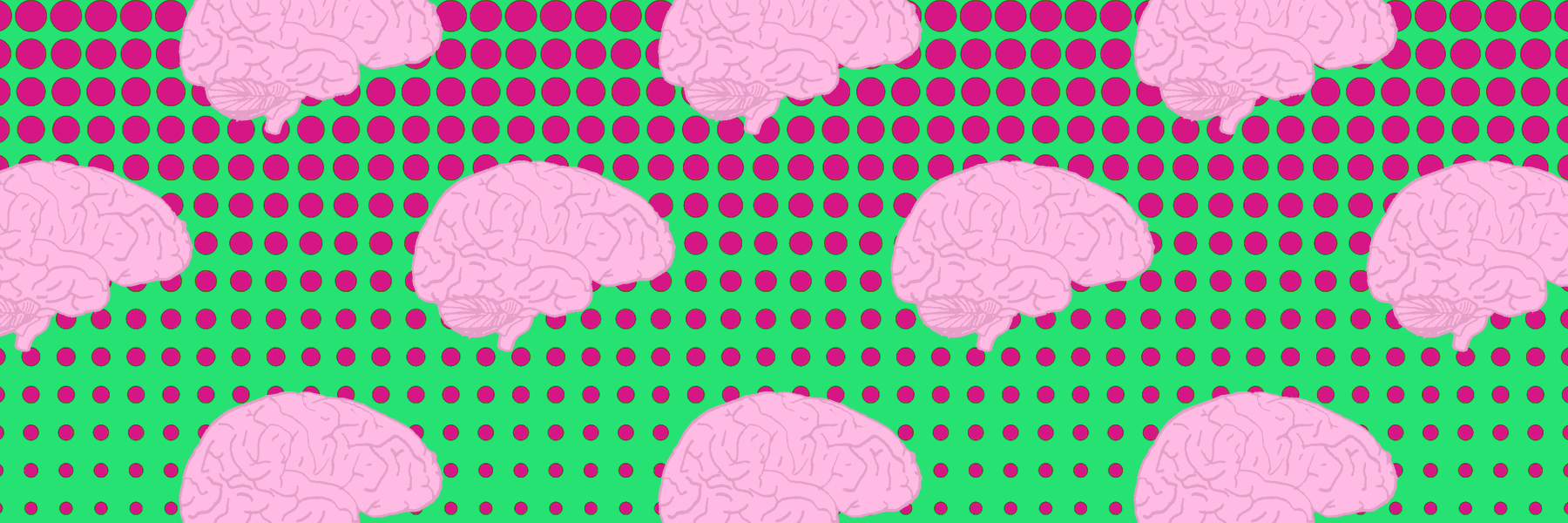
Joanne Rhee
Staff Writer
Illustration by Robert Perez, Staff illustrator
Scientists have successfully grown “mini brains” that may help cure cancer, autism and Alzheimer’s. To do this, researchers at Ohio State University placed skin cells in a petri dish that has a patient’s genetic material; this allows them to mimic how Alzheimer’s and Parkinson’s deteriorate the brain and study how they react to new drugs and treatments. These brain organoids are the most developed brain models thus far and have the maturity of a five-week-old fetus.
The skin cells are converted into pluripotent skin cells, a type of stem cell that is similar to embryonic cells, which can then be transformed into any other cell in the body. This feature allows them to propagate endlessly.
“Once a cell is in that pluripotent state, it can become any organ — if you know what to do to support it to become that organ,” said Rene Anand, professor of biological chemistry and pharmacology at Ohio State, according to OSU News. “The brain has been the holy grail because of its enormous complexity compared to any other organ. Other groups are attempting to do this as well.”
And no, these mini brains were not grown to prepare for a zombie apocalypse. Researchers plan to use these brains to study neurological diseases and develop treatments for them.
“It not only looks like the developing brain, its diverse cell types express nearly all genes like a brain,” Anand said. “We’ve struggled for a long time trying to solve complex brain disease problems that cause tremendous pain and suffering.”
These brains are different from those previously grown because these models contain most parts of the mind. Different diseases affect different parts of the brain and earlier models did not have all the necessary parts to effectively study the organ as a whole.
Scientists plan to have the brain organoids mimic deteriorating diseases like Alzheimer’s and Parkinson’s. From there, they can observe how they affect the brain and study how the organ reacts to different treatments and drugs.
Other uses of the brain blobs include studying traumatic injury and post-traumatic stress disorder.
Anand noted that they are still in the early stages of their project. “Right now, it’s like we’re climbing Mount Everest and we’re at Base Camp One,” he said. “You know, you have to stop, get your oxygen together, then move up to the next step. So, we’ve still got a ways to go.”
Even though the brain organoids are very similar to their human counterparts, CNN reports that they lack consciousness. These brains do not think or have feelings. Because the brains are grown in an isolated petri dish, there is no opportunity for them to have sensory input. Our brains receive input from our five senses — something these models lack.
Anand knows the importance of this project, as well as its potential. “The sooner we commercialize it and make a model available, the sooner everybody else can jump in and use it to solve these problems.”










